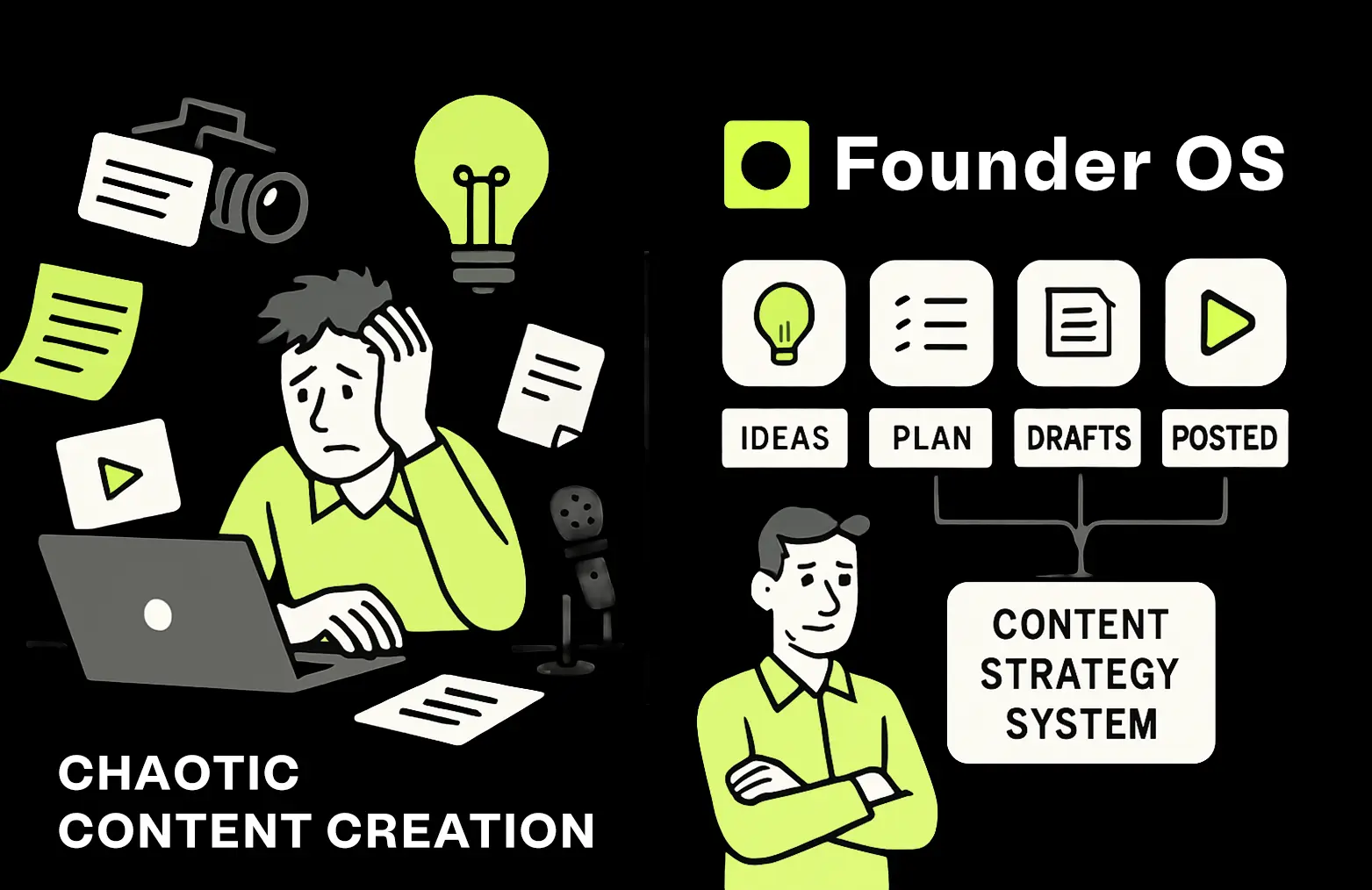1. Break Down Activities into Simple Problems
Ever feel like a giant task will take forever to finish? That feeling can make you want to put things off, which only makes matters worse. There’s a secret to beating that overwhelmed feeling and getting things done. That secret is task management.
You need to be able to delegate tasks and chop them into tiny, easy-to-do pieces. Let’s say you need to write a long article.
Instead of putting “write article” on your to-do list, break it down like this:
- Brainstorm three possible topics
- Pick the best topic and do some research
- Write a quick outline
- Write the first section
Multitasking feels much less foreboding. Breaking things down makes you more likely to start, and once you begin, you’ll gain momentum.
Here’s a bonus tip: try setting a timer for 25 minutes and focusing on just one of those small tasks. When that amount of time is over, take a five-minute break and then move on to your next small task.
This method is called the Pomodoro technique, and it’s a favorite among successful entrepreneurs who need to stay focused.





.webp)


